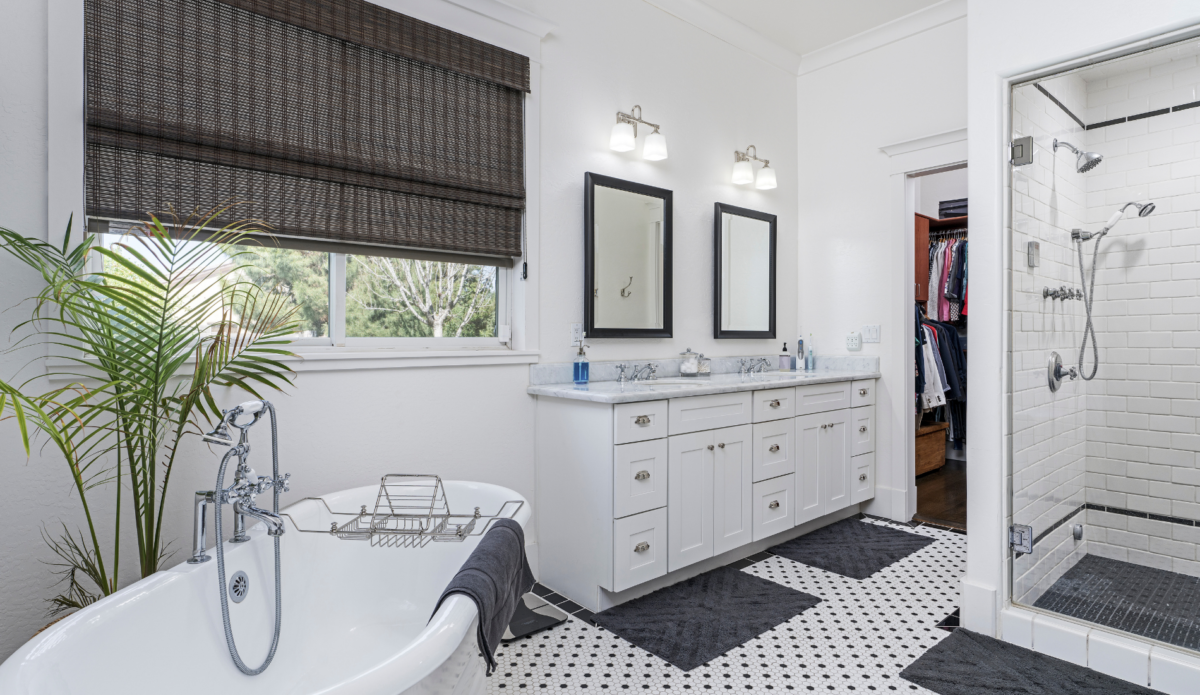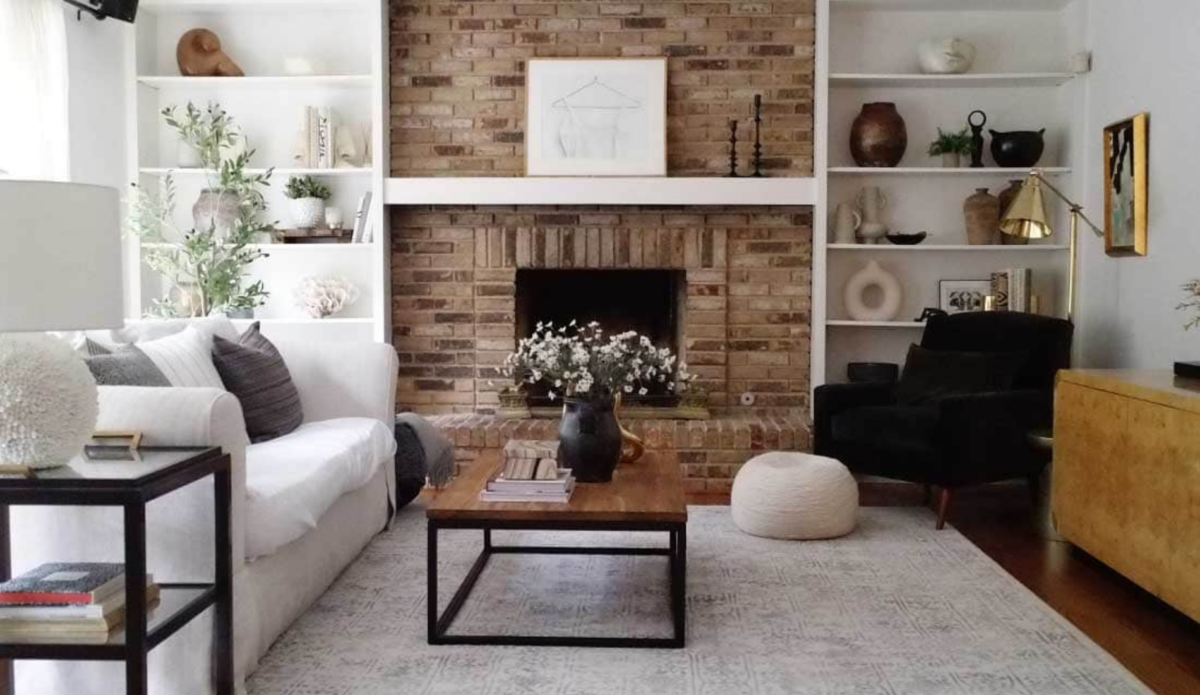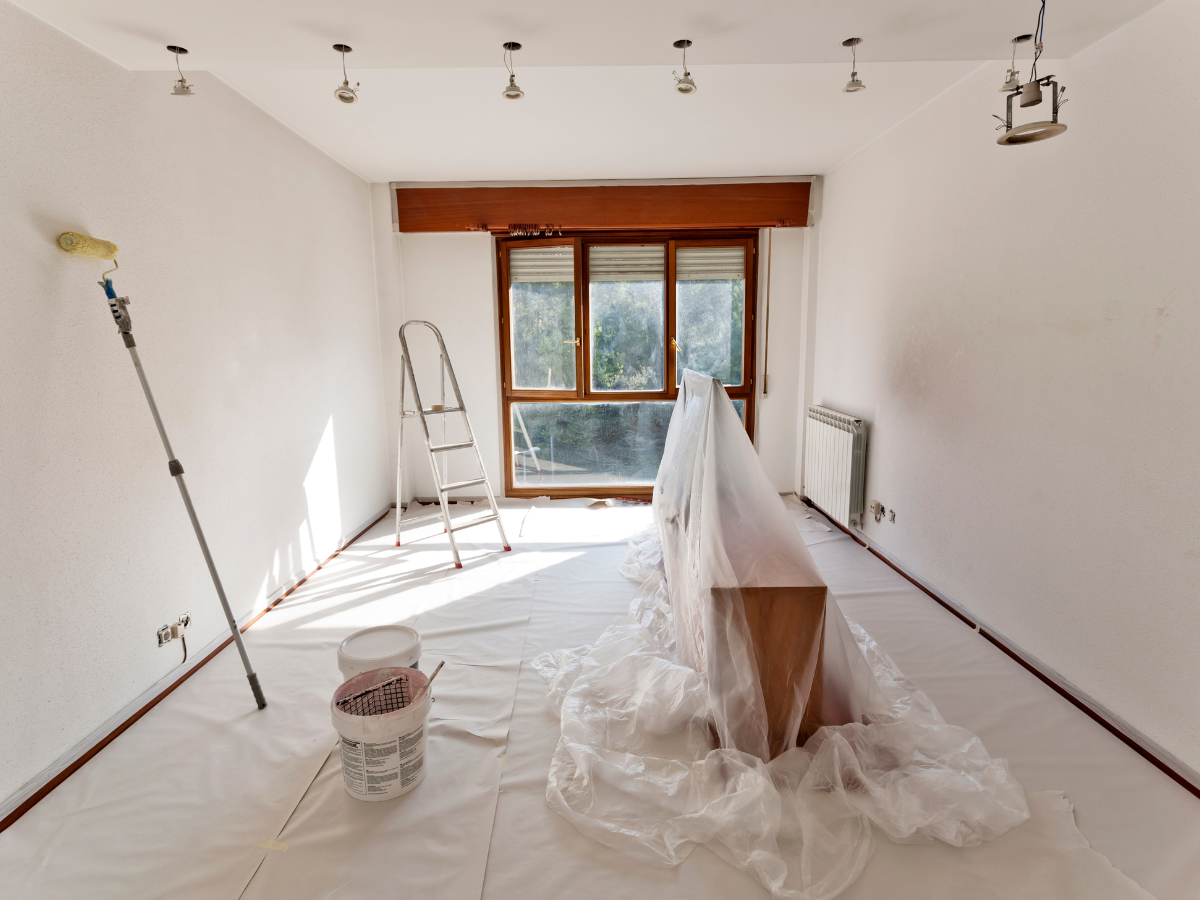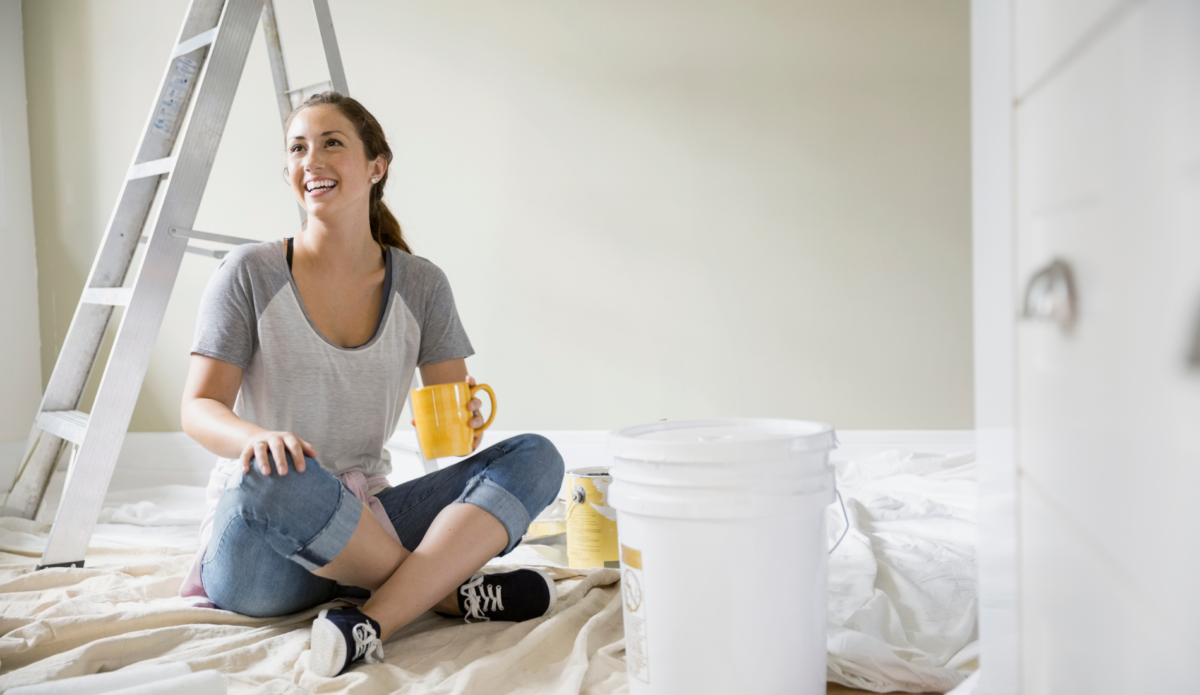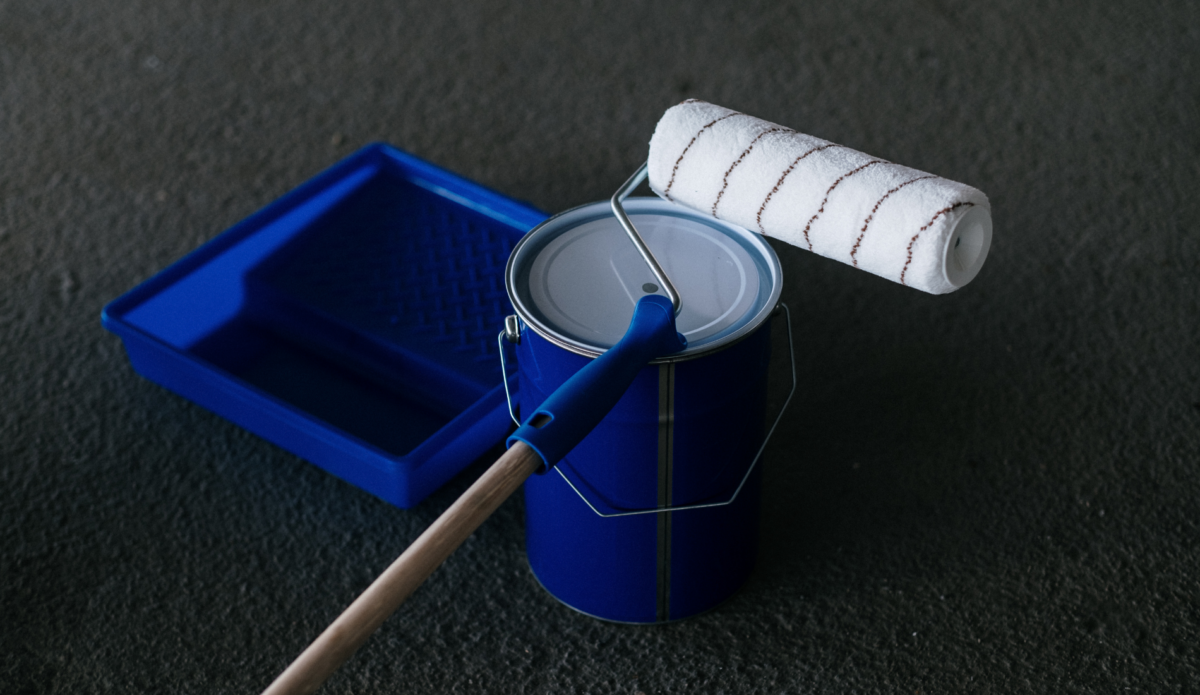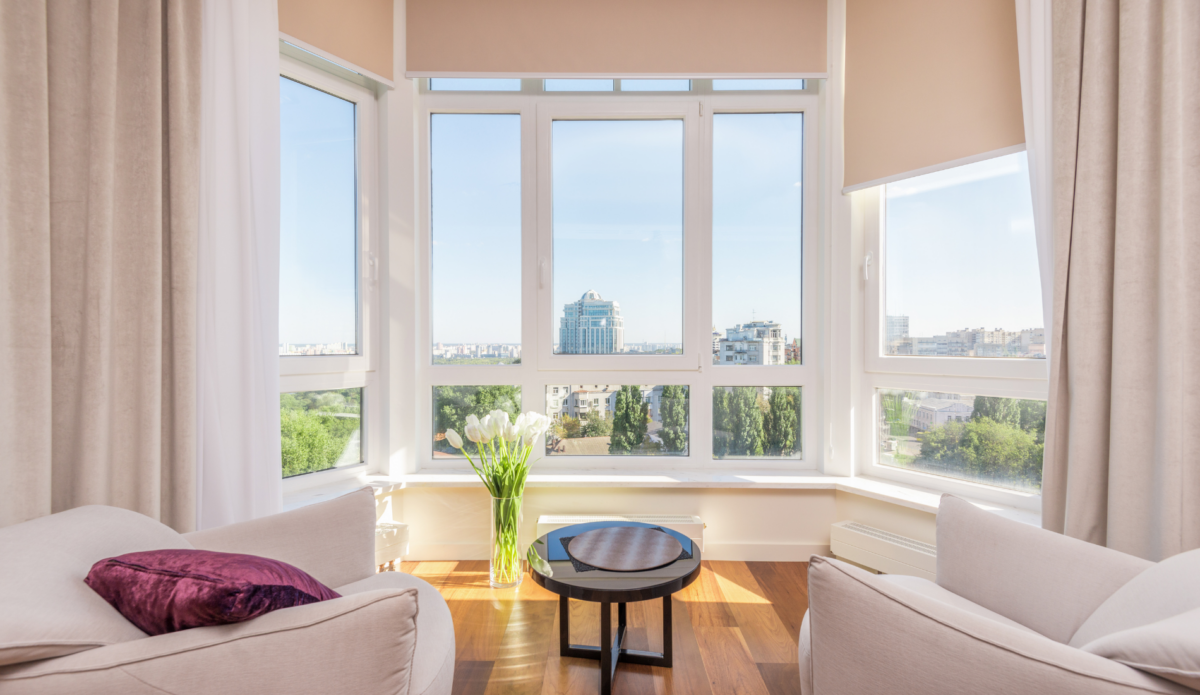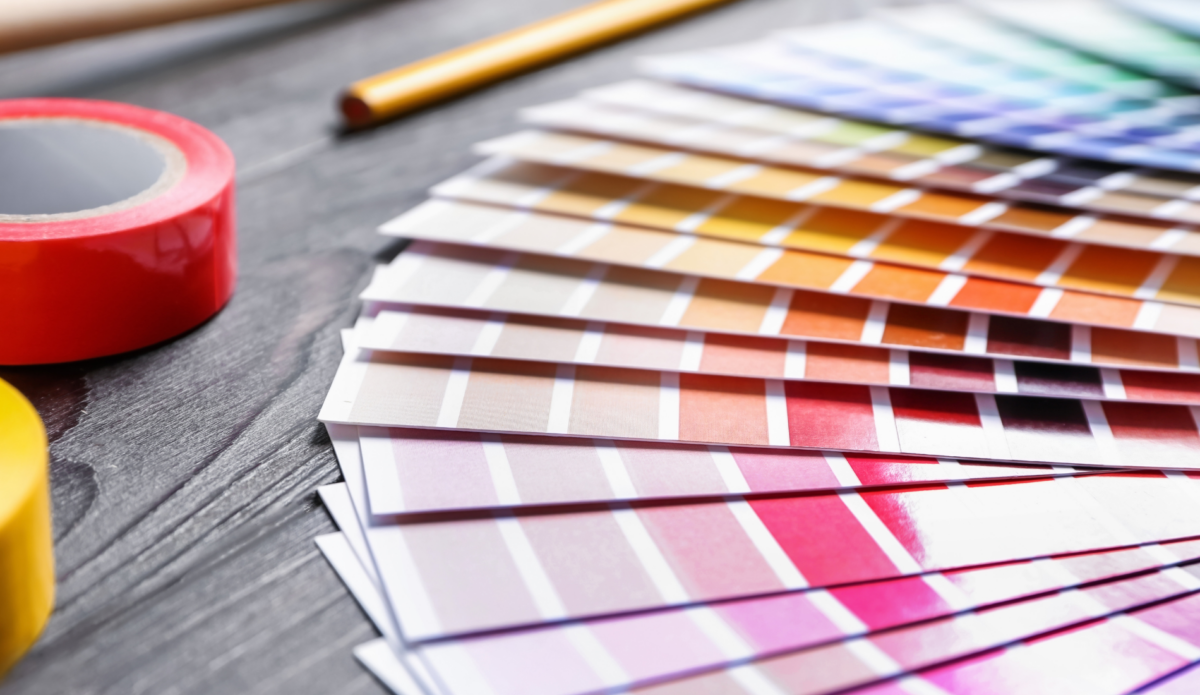2024 Color of The Year by Sherwin Williams
As the year 2024 steps in, it brings with it a fresh wave of color trends that are set to dominate the world of interior design. Two of the leading paint companies, Sherwin-Williams and Benjamin Moore, have unveiled their colors of the year, setting the tone for the upcoming months. Let’s delve into the fascinating world of color and explore what these industry leaders have in store for us.
Sherwin-Williams Color of the Year 2024: Upward SW
Sherwin-Williams has announced their Color of the Year 2024 as Upward, a breezy and blissful blue. This color is the epitome of tranquillity and peace, embodying the sense of calm we find when we take a moment to slow down and breathe. It serves as a gentle reminder of the beauty that lies in simplicity.
The selection of Upward aligns perfectly with the current trend towards colors that evoke feelings of serenity and well-being. It’s a versatile shade that can be used in a variety of spaces, from living rooms to bedrooms, offering a soothing backdrop for daily life.
Pairs well with the following colors: SW 7004 Snowbound, SW 9166 Drift of Mist, SW 7605 Gale Force, SW 6258 Tricorn Black, SW 6428 Honeydew, SW 7735 Palm Leaf, SW 0045 Antiquarian Brown.
Colormix Forecast 2024 | Anthology: Volume 1
Sherwin-Williams’ Colormix Forecast 2024, titled Anthology: Volume 1[^3^], explores directional shifts in the color landscape through a selection of 48 hues. This collection serves as a comprehensive guide to the upcoming trends, providing inspiration for homeowners and designers alike.
No. 1 Blues and Greens
The color landscape of blues and greens for 2024 exudes a sense of calmness and balance, reflecting our intrinsic connection with nature. The spectrum of blues echoes the tranquility of sky and water, while the diverse greens capture the essence of earth and foliage. This harmony between the two envisages a serene ambiance, perfect for creating spaces that encourage relaxation and rejuvenation.
- Honeydew
- Upward
- Aquastone
- Stardew
- Evergreen Fog
- Jacaranda
- Leap Frog
- Smokey Azurite
- Pewter Green
- Georgian Bay
- Billiard Green
- Indigo
No. 2 Reds & Purples
The reds and purples in the Colormix Forecast 2024 bring warmth and richness to any space. The spectrum of reds ranges from energetic, fiery tones to deep, grounding shades. Meanwhile, the purples offer a sense of luxury and sophistication, adding depth and character to any room.
- Rhapsody Lilac
- Soft Apricot
- Sashay Sand
- Ravishing Coral
- Intuitive
- Redend Point
- Dragon Fruit
- Veri Berri
- Chinchilla
- Habanero Chili
- Fireweed
- Wild Currant
No. 3 Deeps & Darks
Immerse yourself in a serene sanctuary with this collection of profound, dark shades. These striking hues create an impactful contrast and infuse a touch of enigma, transforming your space into a tranquil haven.
- Antiquarian Brown
- Mossy Gold
- Palm Leaf
- Peppercorn
- Roycroft Bronze
- Half-Caff
- Rock Bottom
- Carnelian
- Gale Force
- Sealskin
- Tricorn Black
- Raisin
No. 4 Delicate Tints
The color palette, characterized by its tranquility and harmony, features an elegant blend of ethereal hues and gentle whites, bestowing a minimalist, sophisticated style.
- Snowbound
- Heron Plume
- Fleur de Sel
- Egret White
- Drift of Mist
- Modern Gray
- Sliver Strand
- Sand Dollar
- Light French Gray
- Skyline Steel
- Jogging Path
- Sliver Mist
Benjamin Moore’s Color of the Year 2024: Blue Nova
Benjamin Moore has chosen Blue Nova 8257, as its Color of the Year 2024. This deep blue shade is reminiscent of the vastness and mystery of space, creating a sense of wonder and possibility. It’s a color that encourages us to look up and dream big.
Hiring the Cova Team for Your Next Project
Ready to transform your space with the power of color? Look no further than the experts at Cova, who are dedicated to helping you find the perfect palette for your home or office. Whether you’re looking for a bold and dramatic statement or a serene and calming oasis, our team has the knowledge and expertise to bring your vision to life. Contact us today to schedule a consultation and let us help you create a space that reflects your unique style and personality.
Conclusion
In conclusion, colors play an integral role in our lives as they have the power to evoke emotions, set moods, and transform spaces. Whether you’re looking to create a warm and inviting atmosphere or a bold and daring statement, the wide range of hues available in Benjamin Moore’s color collection offers endless possibilities. From serene neutrals to vibrant pops of color, there is something for every taste and style. And with the help of Cova’s team of experts, you can confidently bring your vision to life and create a space that truly reflects your personality. So go ahead and explore the world of color, and let your imagination run wild with the endless possibilities that await. Happy painting! Happy Painting!
Resources
Sherwin-Williams Color of the Year 2024
2024 Color Collection of the Year
Colormix Forecast 2024 | Anthology: Volume 1

